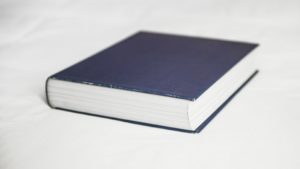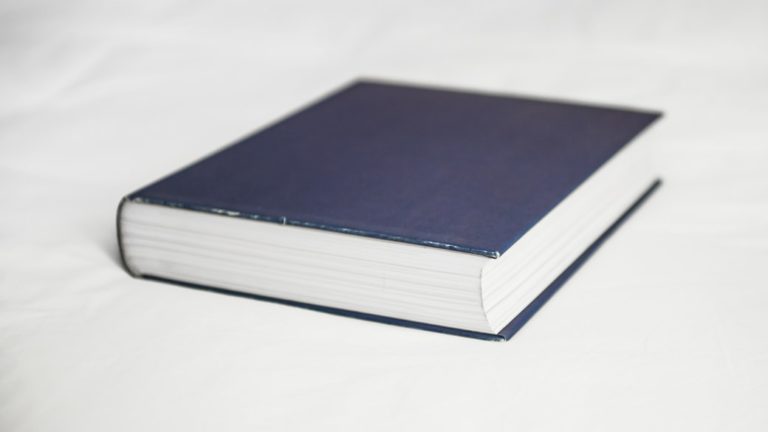Tips for success: How to write Section 2 of your IB History IA
Having chosen the topic of your History IA, designed your question and researched your IA, the next step will be to write Section 2. This should be done before attempting Section 1 and, in this blog, Anna outlines what is expected.
Update November 2024. We have update this post and made navigation a bit easier. This is the first post in a three post series. You can read the other parts here:
Section 2: The Investigation (worth 15 marks out of 25)
What is expected in the investigation?
- It must answer your question.
- It must be structured.
- It must contain critical analysis that is focused clearly on the question being investigated.
- It must also include a conclusion that the student draws from their analysis.
- It must effectively use a range of sources to support the arguments.
- It must show a range of perspectives and these should be evaluated.
It is recommended you write 1300 word.
In other words, it is like an essay but you can use subheadings if you so wish.
For a good History IA structure you simply need the following:
- Introduction
- Main body with paragraphs (with or without subheadings)
- Conclusion
What should be included in my introduction?
- One paragraph only – approximately 200 words
- A brief context to introduce the question.
- Set the scene / generate reader interest by establishing why this question was important at the time, and remains relevant today.
- Highlight the scope of your question – what will it focus on and what dates you will be covering.
- Method – Outline how the essay will be approached, and the main conclusions that will be reached.
- State the different historical perspectives that exist in relation to the question.
- Do NOT carry out any analysis here.
Example Introduction
To what extent did World War II lead to women in the United States becoming permanent participants of the labor force?
Few historians would disagree that World War II brought about a dramatic increase in female participation in the American labor force during the early 1940s. Between 1940 and 1944, women’s participation in the workforce rose by 23.5% (Clark, Summers 8), a change affecting women of all ages (See Table 1 of the Appendix). As a whole, women workers grew by 5 million in the 1941-1944 period (Anderson 239), with one-sixth of the working women being employed by a war related industry (Goldin 753). The war was therefore responsible for the unquestionable incorporation of women into the American labor force. However, historians disagree on the extent to which these changes had long-term effects. While some refer to this war as a “watershed” event leading to the permanent incorporation of women into the labor force, others refute this statement by arguing that the war’s influence on women’s employment “appears to have been more modest” (Goldin 741).
What should be included in my main body?
For structure, there should be a number of paragraphs. These could be thematically or chronologically approached. Each focus section could have a subheading, if suitable.
- Approximately 3 to 4 main paragraphs
- Each paragraph should have a specific focus, point of view or theme.
- Within each paragraph, start with a clear topic sentence which is clearly focused on the question.
- Carefully select and properly reference evidence.
- Use quotes as necessary, try NOT to use quotes longer than 10 words, or paraphrase, but ensure you footnote or reference all evidence.
- Stress the value of the evidence you use, but also acknowledge its limitations, with reference to Origin, Purpose and Content as appropriate.
- Try to show more than one perspective.
An example paragraph
To what extent did World War II lead to women in the United States becoming permanent participants of the labor force?
However, the late postwar period gave way to a reversal of this initially unfavorable effect, for women’s employment soared in the 1947-1950 years. In this period the percentage of working women between 25-64 years of age increased from by 2% (Clark, Summers 1982), and that of working married women rose from 20% to 23.8% (Goldin 742). Additionally, the number of employed female operatives in metals and machinery manufacturing increased 4 History teacher support material 7 Example 2 (Name) (Candidate Number) from 175,246 to 331,140 between 1940 and 1950. (Blackwelder 145). Also, twice as many women were employed in California in 1949 as had been employed in 1940 (Chafe 161). These examples of growth have led some to point out that the war did, indeed, have, a “long-term rather than temporary impact on women’s place in the labor force” (Blackwelder 147). The 5.25 million female increase in the labor force between 1940 and 1949 (Chafe 161) further strengthens the point that the war was, despite the initial postwar setback, a “milestone for women in America.” (Chafe 172). Conversely, it seems relevant that only 22% of the eventual 1950 women workers joined during the war years (Goldin 744) and that more than half of the women employed in 1950 had been employed before the United State’s entry in the war (Goldin 744). “Rosies” of 1944 were only 20 % of the eventual 1951 employment among married women (Goldin 750). These figures indicate that a majority of the jobs offered during the war period disappeared at its conclusion, and, consequently, that the women that participated in the labor force during the war years only constituted a small percentage of the late postwar employment. This suggests that the changes brought about by the war were more moderate than suggested by enthusiastic modern historians such as Blackwelder, who, perhaps in an effort to analyze an extensive time period, might have failed to examine short-term trends, consequently venturing to claim that “World War II had clearly accelerated the feminization of the U.S. labor force and increased employment among married women.” (Blackwelder 146).
346 words
- The first sentence clearly relates to the question.
- Evidence is well-selected – good use of statistics to support the argument.
- Perspectives have been included and evaluated.
- Critical thinking is present.
- Each piece of evidence has been cited appropriately.
What should be included in my conclusion?
- One paragraph only – approximately 150 words.
- Provides a direct answer to the question by synthesising (combining) the main points of the essay.
- DO NOT argue against your thesis in your introduction.
An example conclusion
To what extent did World War II lead to women in the United States becoming permanent participants of the labor force?
It, therefore, seems that World War II was indeed, responsible for an incorporation of females in the American labor force during the war years, an increase that is likely to have lead to a change in the perspective of male employers and public officials towards women employees, and might have played important role in the rise in women’s employment during the late postwar period. However, evidence regarding the percentage of “Rosies” that were to form part of the postwar labor force suggests that the conflict did not secure a permanent incorporation of war female workers into the American labor force. World War II can therefore be seen as responsible for a number of significant ideological changes regarding women’s employment but its direct influence in terms of persistence of women’s participation in the labor force appears to have been modest.
150 words
- Relates clearly to the question.
- It is consistent with the thesis stated in the introduction.
- It is consistent the evidence and arguments provided in the main body.
- No new evidence is provided.
The IA used is an exemplar from the IBO – to read the full IA please click here.
Ready for the third and last section?
Related subjects
Our tutors are rated 4.9 / 5 based on 1116 reviews.



Hello! I wanted to know if "To what extent was President Harry S. Truman's decision to intervene in the Korean war justifiable?" was a good research question? So that means in my research I have to argue if the US intervention in the Korean war was right or not right? Thank you.
Thanks for reading!
This is a complicated question. We are happy to provide a tutor to help you with this, but we can't give a meaningful answer via website comments. Do get in touch if this is of interest.
Best wishes
Owl Tutors